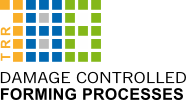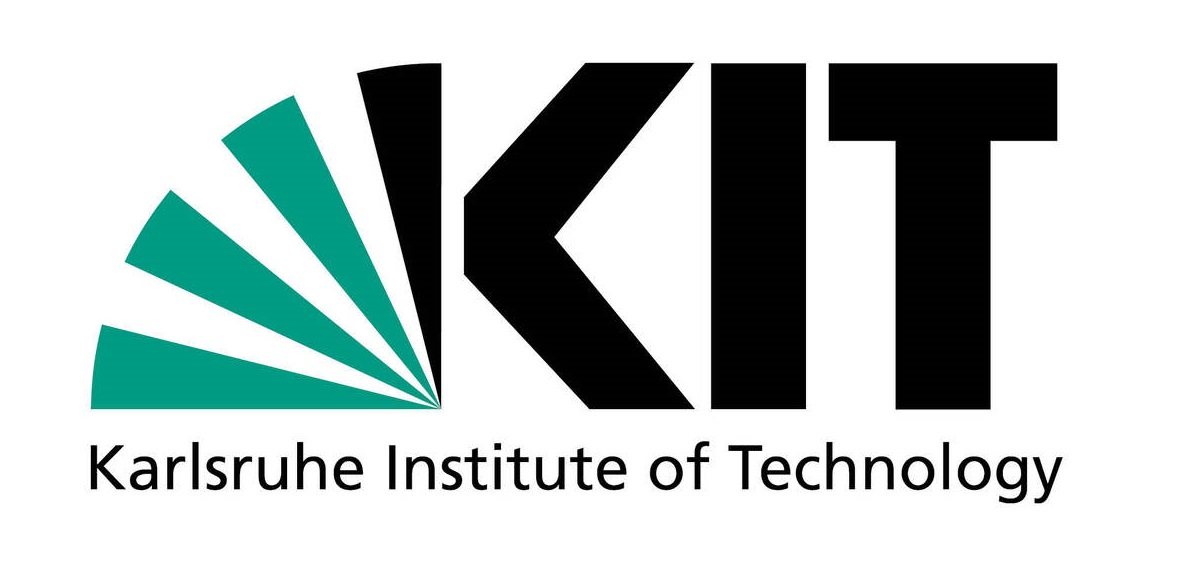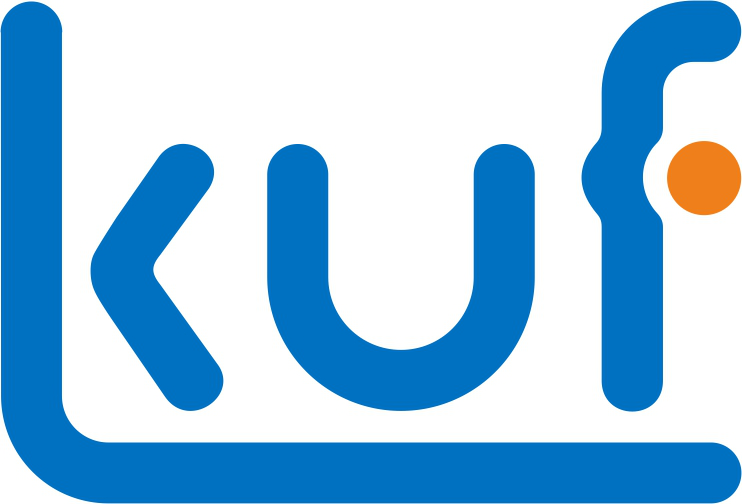Within the process chains of semi-finished production hot forming is used to eliminate pores and voids from the casting process under compressive stresses and to modify the microstructure for further processing. In the case of caliber- and flat-rolling processes (projects A01 and A04) tensile stresses occur at certain roll gap ratios, promoting pore formation on non-metallic inclusions. Decohesion of matrix and inclusion in pore formation is determined by local flow stresses. In contrast to cold forming, recovery, recrystallization, and diffusion processes occur during hot forming, which can relieve local stresses. Existing hardening/softening and damage models explicitly consider these mechanisms. Only a few studies describe the damage reduction through recrystallization. A model formulation describing the influence of recovery and recrystallization on the development of damage is not known yet. Also, the interactions between the softening mechanisms and the damage are not sufficiently addressed. Thus, the effect of hot forming on damage cannot be described comprehensively.
The long-term goal of this project is to understand the interactions between hardening, softening, and damage during hot forming and to derive a model for the coupled microstructure and damage evolution. The innovative approach of the project is to describe the damage development as a function of the buildup and decay of local stresses at the interface of matrix-inclusion. The effect of the deformation conditions influencing the damage initiation, i.e. temperature, strain rate, and stress state, is to be investigated by means of physical simulation methods and subsequent characterization of the microstructure in projects B03 and B04. Crystal-plasticity FEM simulations on the microscale are intended to understand the interaction of inclusions with the matrix and, thus, to describe the physical-based damage evaluation.
The first funding period is aimed at understanding the role of hardening and softening on the formation of pores at inclusions during hot forming and at a coupled model formulation. In the second funding period the model is to be extended for further damage mechanisms such as pore nucleation at grain boundaries. On the process side, intermediate annealing and heat treatments are considered. In the third funding period the transfer to other materials and the use of models for the model-based damage-controlled design of hot forming processes is envisaged.
Project leader
Univ.-Prof. Dr.-Ing. habil. Markus Bambach
Chair of Mechanical Design and Manufacturing, BTU Cottbus-Senftenberg
Project coordinator
Muhammad Imran M. Sc.
Chair of Mechanical Design and Manufacturing, BTU Cottbus-Senftenberg







